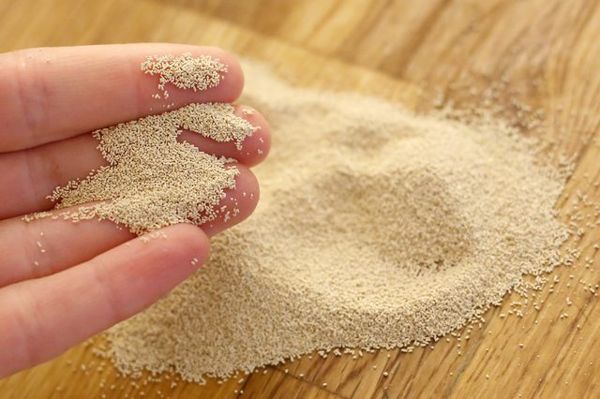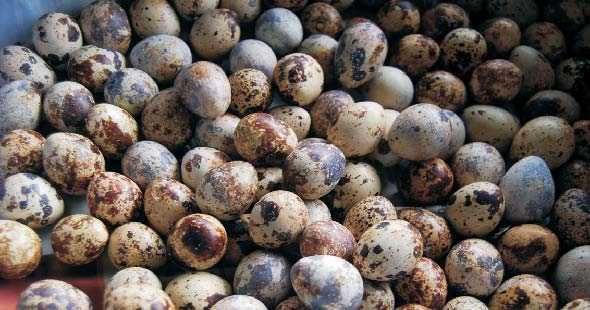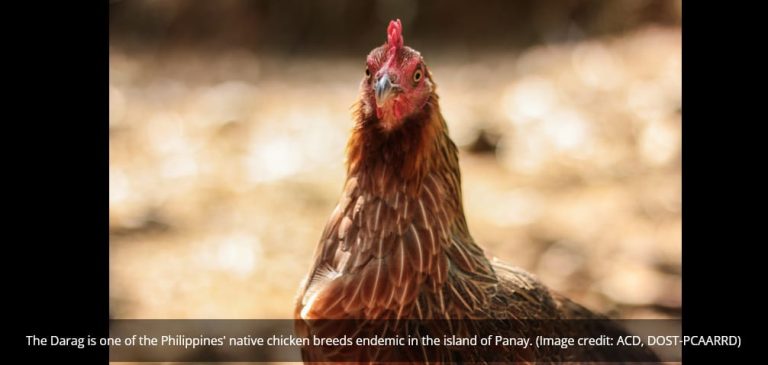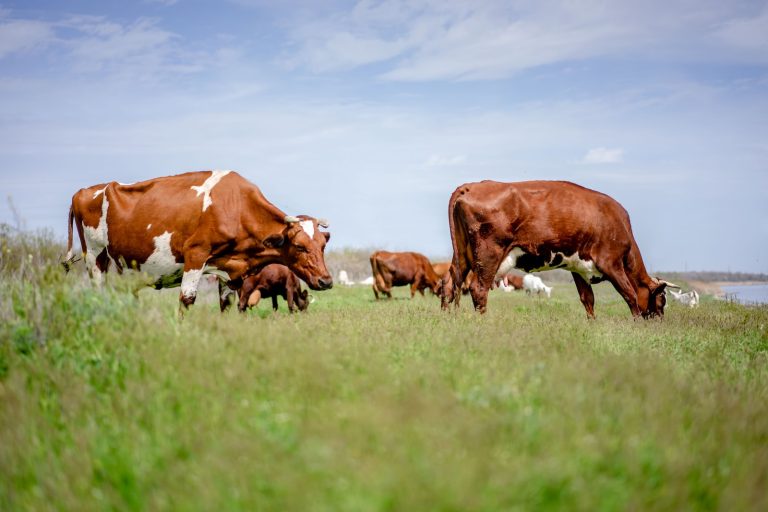Meat color is an important visual quality factor when consumers purchase chicken. However, high use of antibiotics during broiler raising to achieve desirable color and freshness may have residual effects on human health. To prevent irrational use of antibiotics, a supplementary application of yeast (Saccharomyces cerevisiae) with antibiotics was suggested. In this study, yeast powder mixed with antibiotics was found effective as probiotics in increasing broiler weight, improving feed efficiency, and preventing growth of pathogen microorganisms. The Saccharomyces genus, a yeast for brewing, is usually enriched with molasses, which when incorporated into feeds affect meat color.

Effectiveness
The daily weight gain of broiler increased from 34.5 (control) to 38.6, 44.1, and 44.3 g/day when formula feed containing S. cerevisiae (1.5×1010 cfu/kg) was provided at 0.1, 0.3, and 0.5%, respectively. Likewise, the color value (yellowness) of chicken meat increased by 1.4-fold from 5.2 (control) to 7.1 and 7.3, when 0.1% and 0.3% yeast were mixed with the feed formula, respectively. The daily weight gain was higher after 2 weeks of feeding (41.6 g) than after only 1 week (37.6 g), when the feeding durations were compared. The feed efficiency was highest (180%) in 0.3% yeast level in feed. Hence, it was recommended to supplement yeast at 0.3% to feed formulations for 2 weeks before chickens are slaughtered, to improve color, daily weight gain, and economic value.
Benefits
Yeast supplementation in feeds is useful to prevent misuse/overuse of antibiotics and to increase the coloring value (especially yellowness) and thus meet consumer requirement. The practice is shown to produce high quality chicken that has a competitive advantage over imported chickens through quality differentiation.
National Livestock Research Institute
Rural Development Administration, Korea
Tel: (82 31) 290-1500
Fax: (82 31) 290-1697
E-mail: hs6226@rda.go.kr, 2004-09-01
Source: agnet.org







